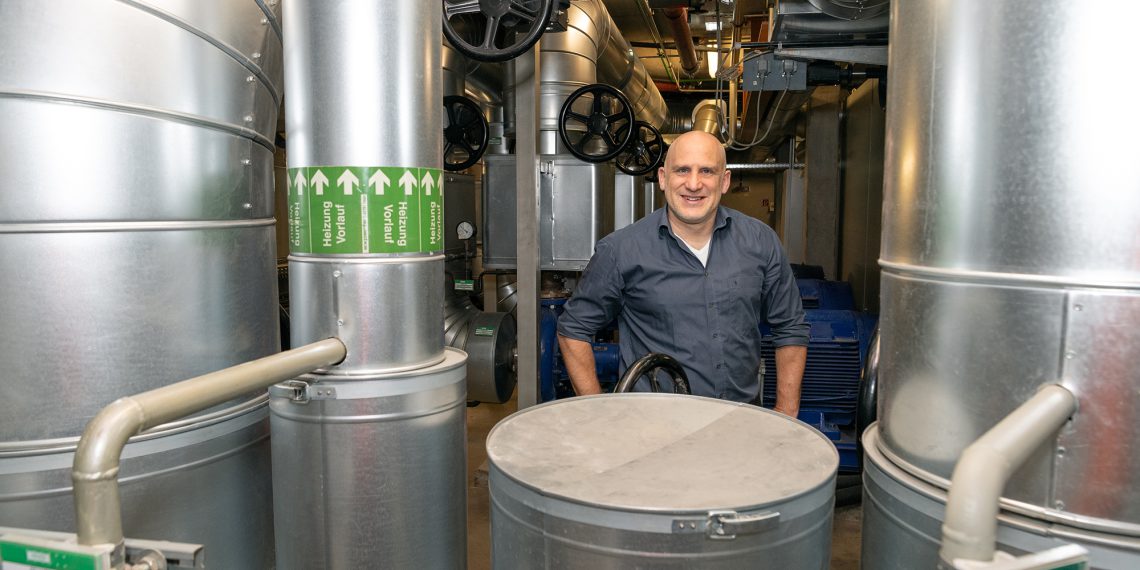As our cities continue to grow, more and more resources are being used underground, for example in the construction of subway and urban rail tunnels, through geothermal energy or for drinking water supplies. Researchers at the Technical University have now created a three-dimensional underground model of Munich. And they have made some surprising discoveries, as Dr. Kai Zosseder from the Department of Hydrogeology explains.
Dr. Zosseder, why do we need to manage the subsurface?
Forecasts predict that by 2050, more than 70 percent of the world’s population will live in cities. At the same time, cities are growing not only in area and height, but also in depth. For example, through the expansion of the subway network or the construction of underground parking garages. The subsoil also provides important resources for the city, including groundwater, which is needed as service and drinking water, or geothermal energy as a renewable energy source. The subsurface also offers storage potential for heat, which is urgently needed to make heat supply more flexible. These many demands naturally give rise to conflicts, as various uses are mutually exclusive. On the other hand, they could also complement each other. Sustainable spatial planning is therefore necessary in order to make the best use of the potentials.
How can such sustainable spatial planning succeed?
In the “GeoPot” project, which is funded by the Bavarian Ministry of the Environment, we have created a 3D subsurface model of Munich. This shows the potential in detail. This gives the city a tool that is invaluable for civil engineering or groundwater planning. Stadtwerke München is already using the model to better plan its subway expansion. At the same time, the tunnel walls can be used for geothermal energy at certain points. But that’s only possible if we know what the subsurface looks like.
How exactly did you create the 3‑D underground model?
We collected the data in a team of seven researchers over five years. To do this, we evaluated around 20,000 boreholes. These were already available to the city of Munich, but had only been used in isolated cases for specific projects. For these boreholes, there are descriptions of the geology, i.e. the soil properties. We translate these descriptions into so-called grain distribution curves. We can tell which rock types, for example clay, gravel and sand, are present in that section of the borehole in percentage terms. If there is a lot of gravel, it means that there is also a lot of water, because of the higher water permeability. If there is a high percentage of sand, for example, the thermal conductivity is higher and we have better storage potential. Uncertainties are of course included in the models. You can create conservative models for planning to be completely safe, or you can create somewhat more optimistic models.
Did you make any surprising discoveries when evaluating the model?
The question of how the groundwater bodies are connected is very relevant. For example, to be able to calculate how far a certain pollutant spreads. Or even if, for example, a drinking water well is to be approved, it is important to know whether groundwater bodies are interrelated here. It has always been assumed that these areas of interaction are only found in isolated places. But in reality they occur much more frequently, as we have now been able to show — and which has also surprised us to some extent.
Will the model be developed further?
New data that we obtain from boreholes, for example in the course of the construction of the new main line, are constantly being entered into the system to make the model even more accurate. We are also currently working on identifying storage potential. Underground heat storage facilities are of great interest to energy suppliers, and only an underground planning tool can make efficient use of them. In addition, we would like to use the model to go even deeper into where other potential uses are located.

















